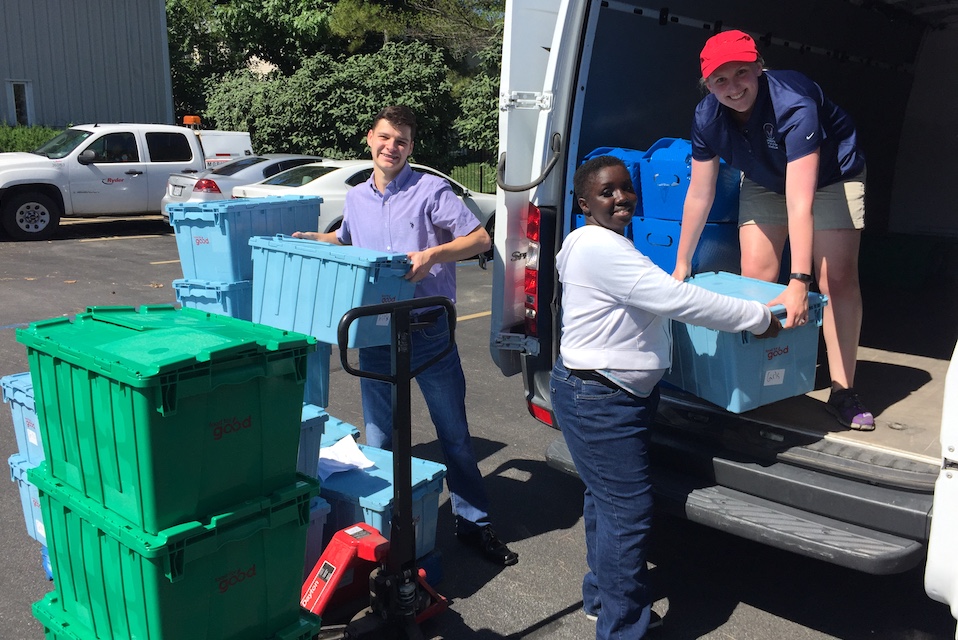Summer hunger: Differences between rural and urban households
How can we better help children at risk of food insecurity eat during the summer months? And, do urban and rural African American families face different challenges to food security in the summer?
“We have policies and programs that are meant for everyone but context matters for implementation. If a family in a rural county has to drive a long distance for food assistance in the summer, is that considered available and accessible to them?” says Ellen Barnidge, associate professor of behavioral science and health education, at Saint Louis University’s College for Public Health and Social Justice.
Summer is an especially vulnerable time for households with children, particularly African American children who are at greater risk of living in a household experiencing food insecurity. Children who are income eligible depend on free and reduced-priced meals provided during the school year. Due to reasons that aren’t clear–possibly a lack of public transportation or awareness–the government’s Summer Food Service Program distributes nearly 50 percent fewer free lunches during the summer than during the school year, indicating the children’s needs are not being met during this time.
Delving deeper into this question, Barnidge led a team comprising three public health researchers, a nutrition and dietetics researcher and a social work researcher to study the differences between rural and urban food insecure households. Their findings, “Food Insecurity in the Summer: A Rural-Urban Comparison of African American Households with Children,” were published by the Journal of Hunger and Environmental Nutrition in January 2017.
Based on input from Freda Kershaw, M.P.H., a community partner on the overarching project called Men on the Move, the researchers asked caregivers to participate in con-cept mapping of food insecurity issues, sorting answers into categories affecting summer food security, such as household expenses or family support. Because of the stigma often attached to food insecurity, the researchers thought concept mapping was an appropriate methodology because it allowed participants to talk generally about food insecurity, rather than specifically about their individual situations.
One major finding of the study was that urban and rural caregivers prioritized different factors as being important to whether children have enough food to eat in the summer. Urban residents were more concerned with individual or household factors related to food insecurity, such as fluctuations in utility bills, while rural residents were more concerned with community-level factors, such as availability and access to community summer food programs.
Also noteworthy, all caregivers rated the Supplemental Nutrition Assistance Program (SNAP) and Women, Infants and Children (WIC) supplemental nutrition program highly for their importance in ensuring their children’s food needs are met.
Barnidge co-authored the paper with Melissa Chapnick, a master’s candidate at the time of writing; Marjorie Sawicki, professor emerita; Elizabeth Baker, professor of behavioral science and health education; and Jin Huang, associate professor of social work, a collaborative effort out of Saint Louis University’s College for Public Health and Social Justice. The research was supported by a grant from the National Institute on Minority Health and Health Disparities.
###
Published: February 1, 2017
CPHSJ Communications
About the College for Public Health and Social Justice
The Saint Louis University College for Public Health and Social Justice is the only academic unit of its kind, studying social, environmental and physical influences that together determine the health and well-being of people and communities. It also is the only accredited school or college of public health among nearly 250 Catholic institutions of higher education in the United States.
Guided by a mission of social justice and focus on finding innovative and collaborative solutions for complex health problems, the College offers nationally recognized programs in public health, social work, health administration, applied behavior analysis, and criminology and criminal justice.
